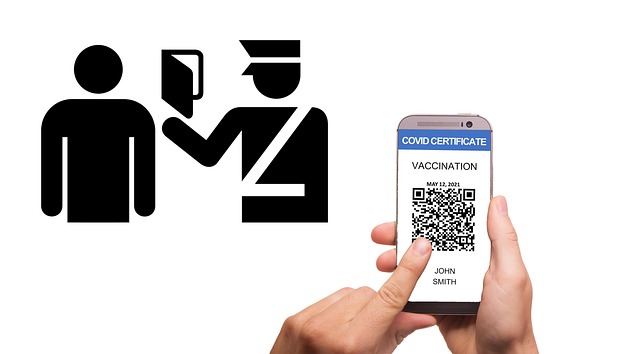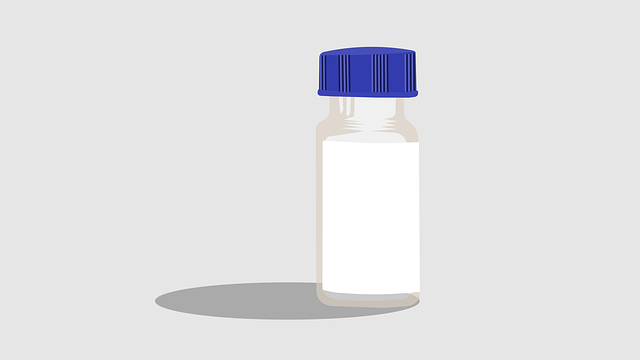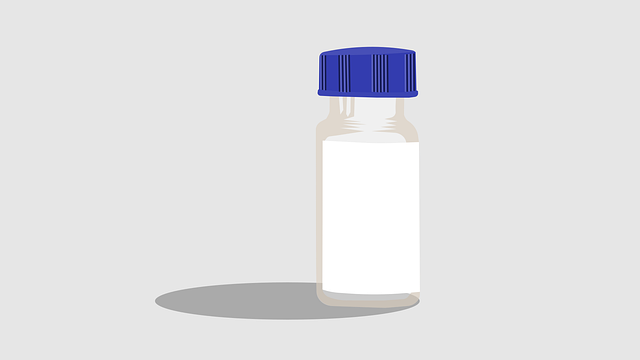Clear communication through professional translation services is essential for successful vaccine adoption in diverse UK communities. By providing accessible and understandable Vaccine Information Sheets (VIS) in various languages, these services foster trust, encourage participation, and empower individuals to make informed health decisions. In a multicultural society, accurate VIS translations improve patient understanding, consent, engagement, and overall vaccination rates, while best practices ensure cultural sensitivity, clarity, and regular updates.
In today’s diverse healthcare landscape, clear communication is pivotal for vaccine adoption. Language barriers present significant challenges, hindering patient comprehension of vaccine information sheets (VIS). This article explores how translated VIS can bridge this gap, enhancing patient understanding and empowering informed decisions. We delve into the role of effective communication, the challenges posed by language barriers in healthcare, and introduce translation services as a potential solution, specifically focusing on their benefits for UK Vaccine Information Sheets (VIS).
- The Role of Clear Communication in Vaccine Adoption
- Challenges Posed by Language Barriers in Healthcare
- Introduction to Translated Vaccine Sheets: A Potential Solution
- Benefits of Using Translation Services for UK VIS (Vaccine Information Sheets)
- Best Practices for Implementing and Evaluating Translated VIS
The Role of Clear Communication in Vaccine Adoption
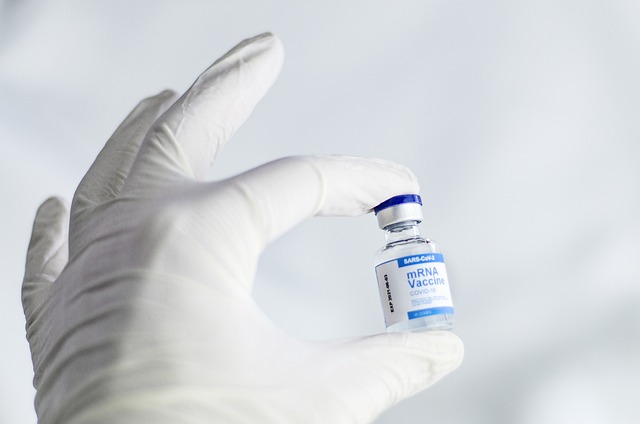
In ensuring effective vaccine adoption, clear communication plays a pivotal role, especially within diverse communities across the UK. Many individuals, particularly those from non-native English backgrounds, rely on accessible and understandable vaccine information sheets to make informed decisions about their health. Translation services for Vaccine Information Sheets (VIS) in the UK step in as a vital tool to bridge this gap. By rendering VIS content into various languages, these services ensure that patients can comprehend critical vaccination details tailored to their cultural and linguistic needs.
Such translation initiatives are instrumental in fostering trust and encouraging participation in vaccination programs. When VIS materials are readily available in a patient’s native language, they become more engaging and less intimidating. This clarity of communication empowers individuals to ask questions, dispel misconceptions, and make conscious choices regarding their immunization schedules, thereby significantly contributing to public health efforts.
Challenges Posed by Language Barriers in Healthcare
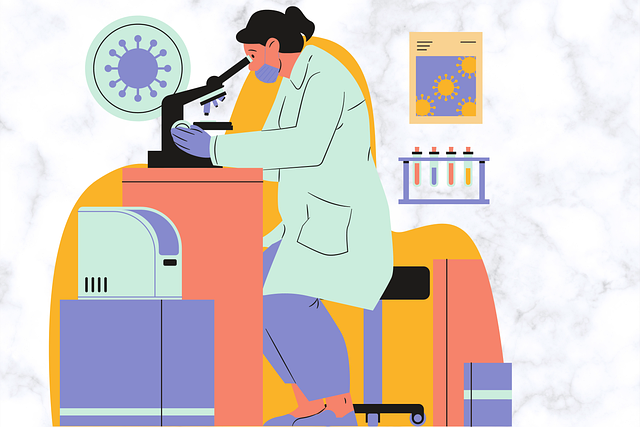
Language barriers present significant challenges in healthcare, often leading to miscommunication and misunderstandings between patients and medical professionals. When it comes to vaccine information sheets (VIS), these barriers can be particularly problematic. VIS are critical tools for informing patients about vaccine safety, ingredients, potential side effects, and contraindications. However, when these essential documents are not available in a patient’s native language, it hinders their ability to make informed decisions regarding their health.
In the UK, where a diverse range of languages is spoken, translation services for vaccine information sheets play a vital role in bridging this gap. Professional translation ensures that VIS are accurately conveyed in patients’ first languages, promoting better comprehension and engagement. This is especially crucial during public health campaigns where quick dissemination of accurate information is key to ensuring high vaccination rates among all communities.
Introduction to Translated Vaccine Sheets: A Potential Solution
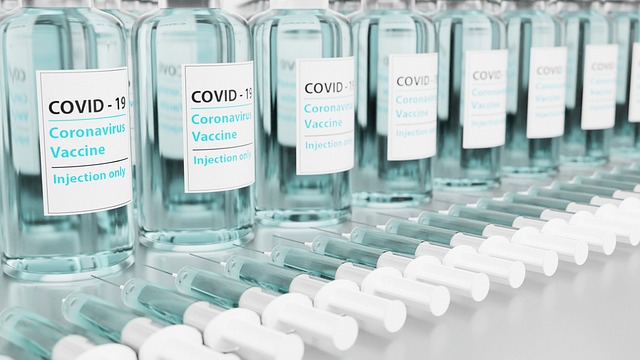
Many patients, especially those from diverse linguistic backgrounds, often face challenges when it comes to understanding vaccine information sheets provided by healthcare professionals in the UK. These sheets, crucial for informed consent, can be dense with medical jargon and complex explanations, leading to potential mistakes or misunderstandings. Here is where translation services step in as a potential solution.
Translated vaccine sheets offer a simple yet effective way to bridge this communication gap. Professional translation services specialize in converting these technical documents into patient-friendly language, ensuring everyone receives clear and accurate information. By making vaccine information accessible in a person’s native language, healthcare providers can foster better engagement, enhance patient safety, and ultimately improve vaccination rates.
Benefits of Using Translation Services for UK VIS (Vaccine Information Sheets)

In today’s diverse and multicultural society, ensuring clear communication between healthcare providers and patients from various language backgrounds is essential. This is where translation services for Vaccine Information Sheets (VIS) in the UK play a pivotal role. VIS are crucial documents that provide vital information about vaccines, including ingredients, potential side effects, and contraindications. Accurate and timely translation of these sheets can significantly enhance patient understanding and consent.
By utilising professional translation services, healthcare professionals can ensure that VIS are not only linguistically accurate but also culturally adapted to suit the target audience. This is particularly important as incorrect or unclear information may lead to vaccine hesitancy or refusal. Translated VIS enable patients to make informed decisions about their health by comprehending the full scope of vaccine-related details, fostering trust and participation in public health initiatives.
Best Practices for Implementing and Evaluating Translated VIS

When implementing translated Vaccine Information Sheets (VIS), it’s vital to follow best practices that ensure accuracy, accessibility, and comprehension. Start by engaging professional translation services with expertise in medical terminology, ensuring accurate and culturally sensitive translations. Adapt the format to be clear and concise while maintaining all essential information required by regulatory bodies. Consider using visual aids and plain language alongside translated text to enhance understanding, especially for non-native speakers or those with limited literacy.
Evaluation is key to measuring the effectiveness of these efforts. Track patient feedback, satisfaction levels, and comprehension through surveys or interviews. Monitor adverse event reports and compare them with non-translated VIS data to ensure no new safety concerns arise. Regularly review and update translations to keep content current and relevant, aligning with the latest medical knowledge and guidelines. This iterative process ensures that translated VIS remain reliable tools for patient education and informed consent.
Translated vaccine sheets have the potential to significantly bridge language gaps in healthcare, fostering better patient understanding and ultimately improving vaccination rates. By utilizing professional translation services for Vaccine Information Sheets (VIS) in the UK, healthcare providers can ensure accurate and culturally sensitive communication with diverse patient populations. This simple yet powerful tool empowers individuals to make informed decisions about their health, leading to increased trust and participation in vaccination programs. Implementing best practices for translating and evaluating VIS is essential to maximize these benefits, ultimately contributing to healthier communities across the nation.
